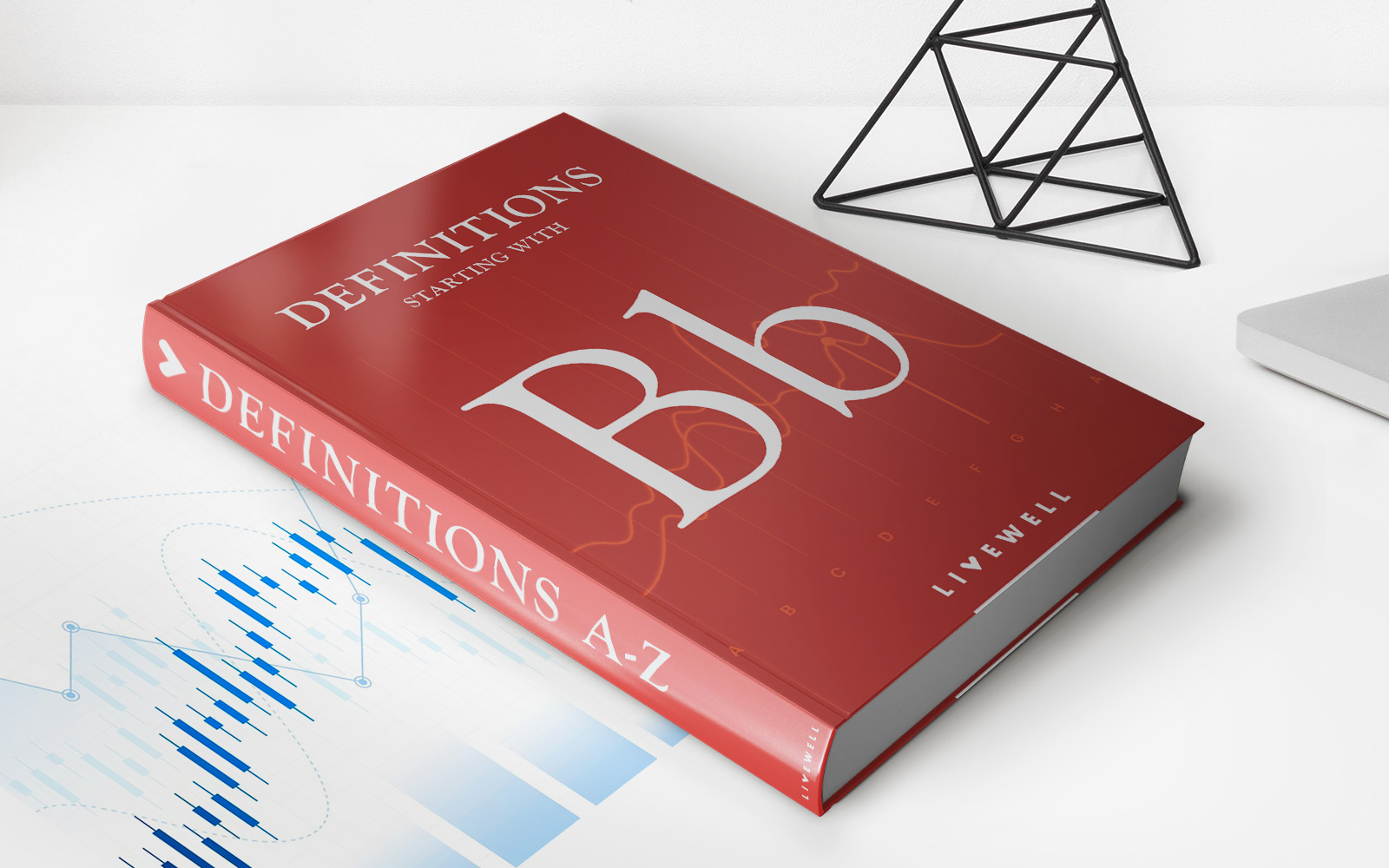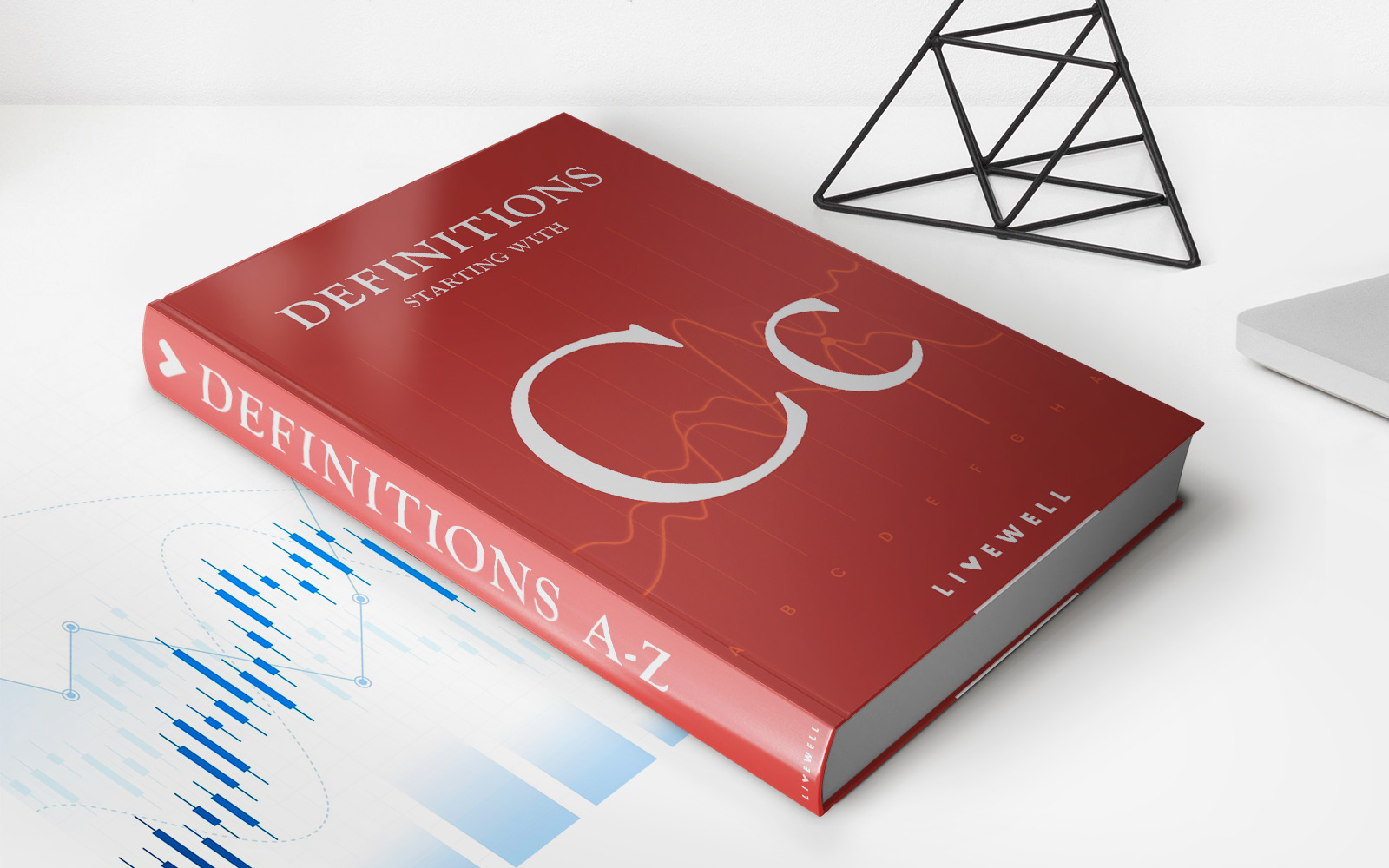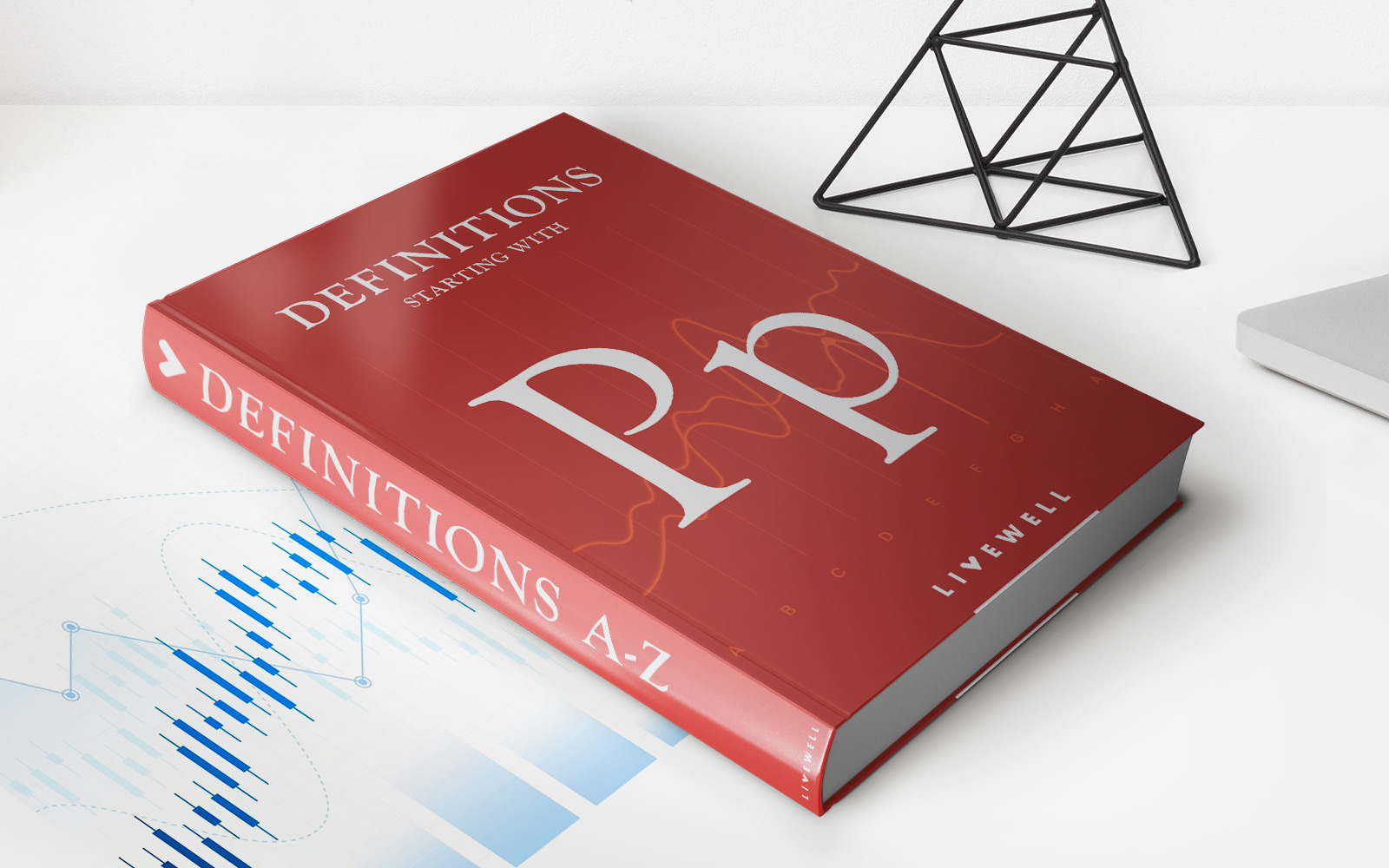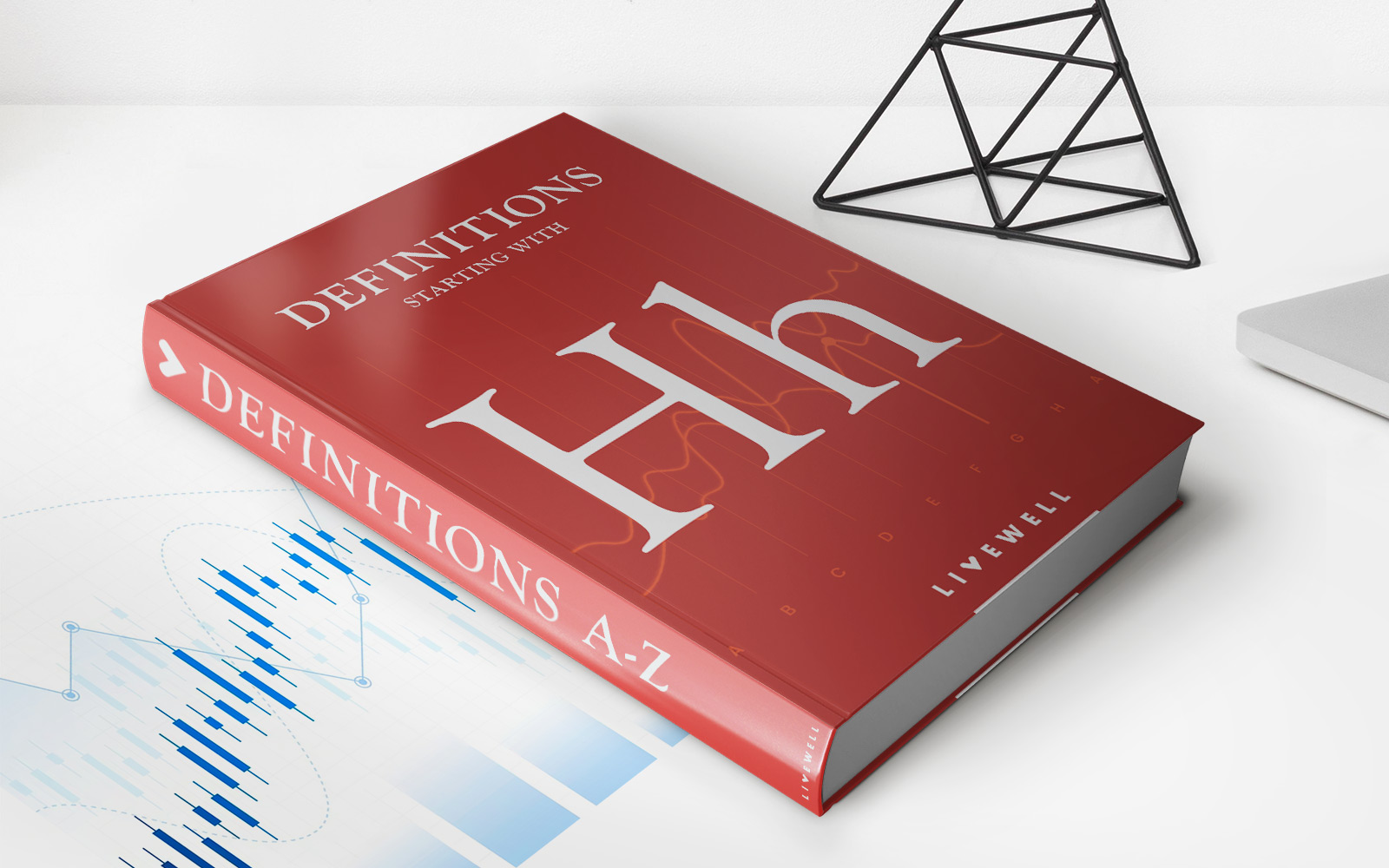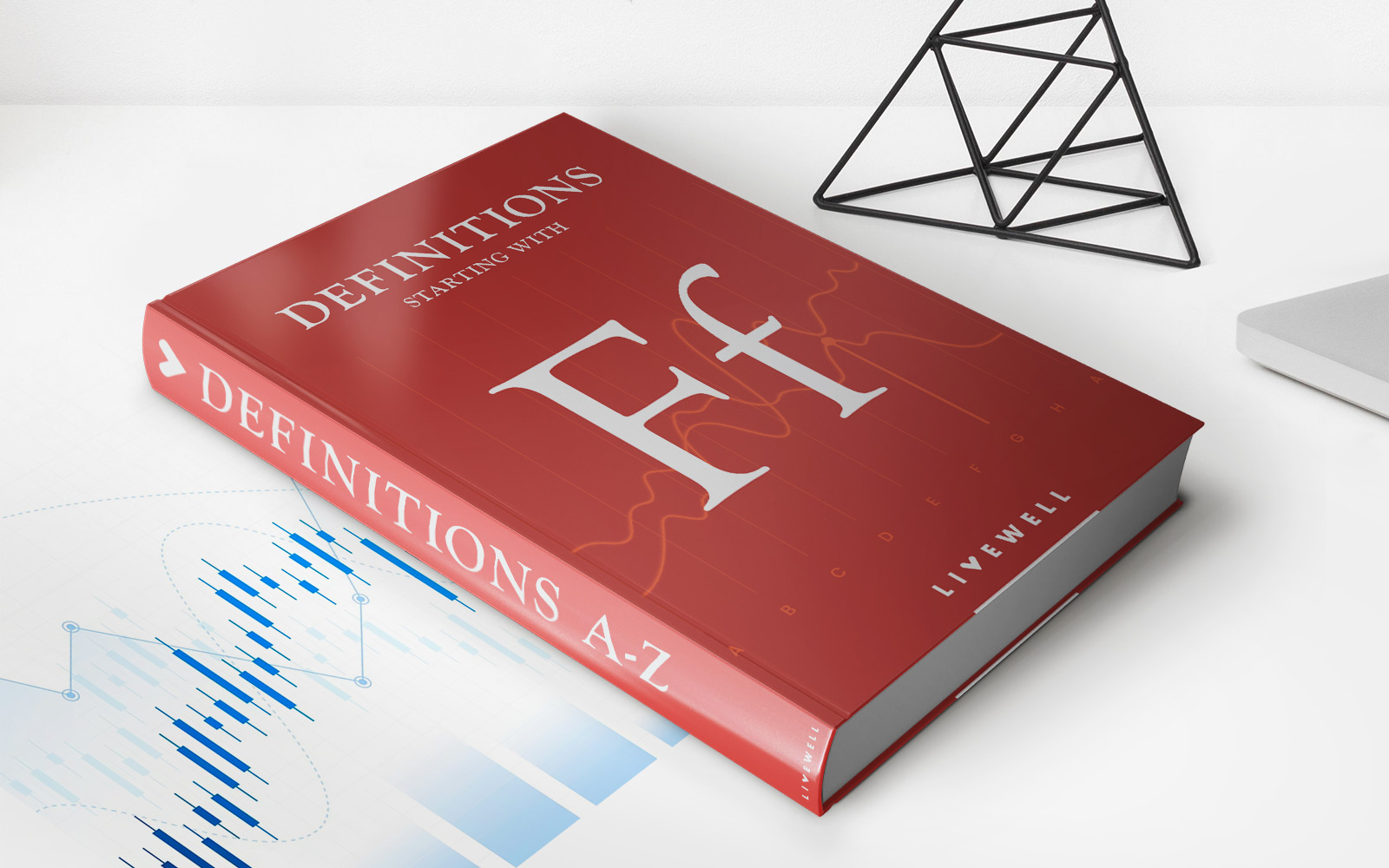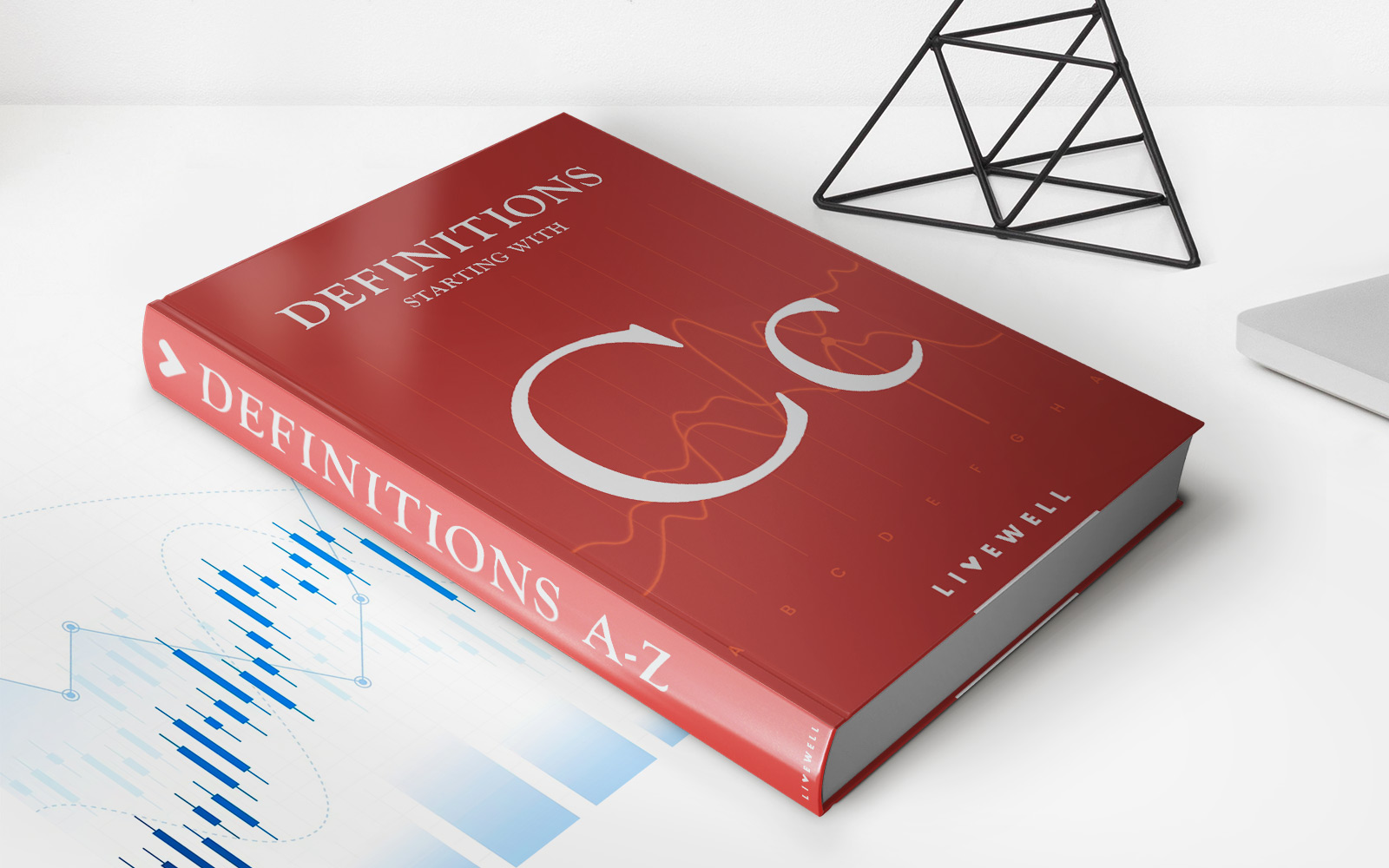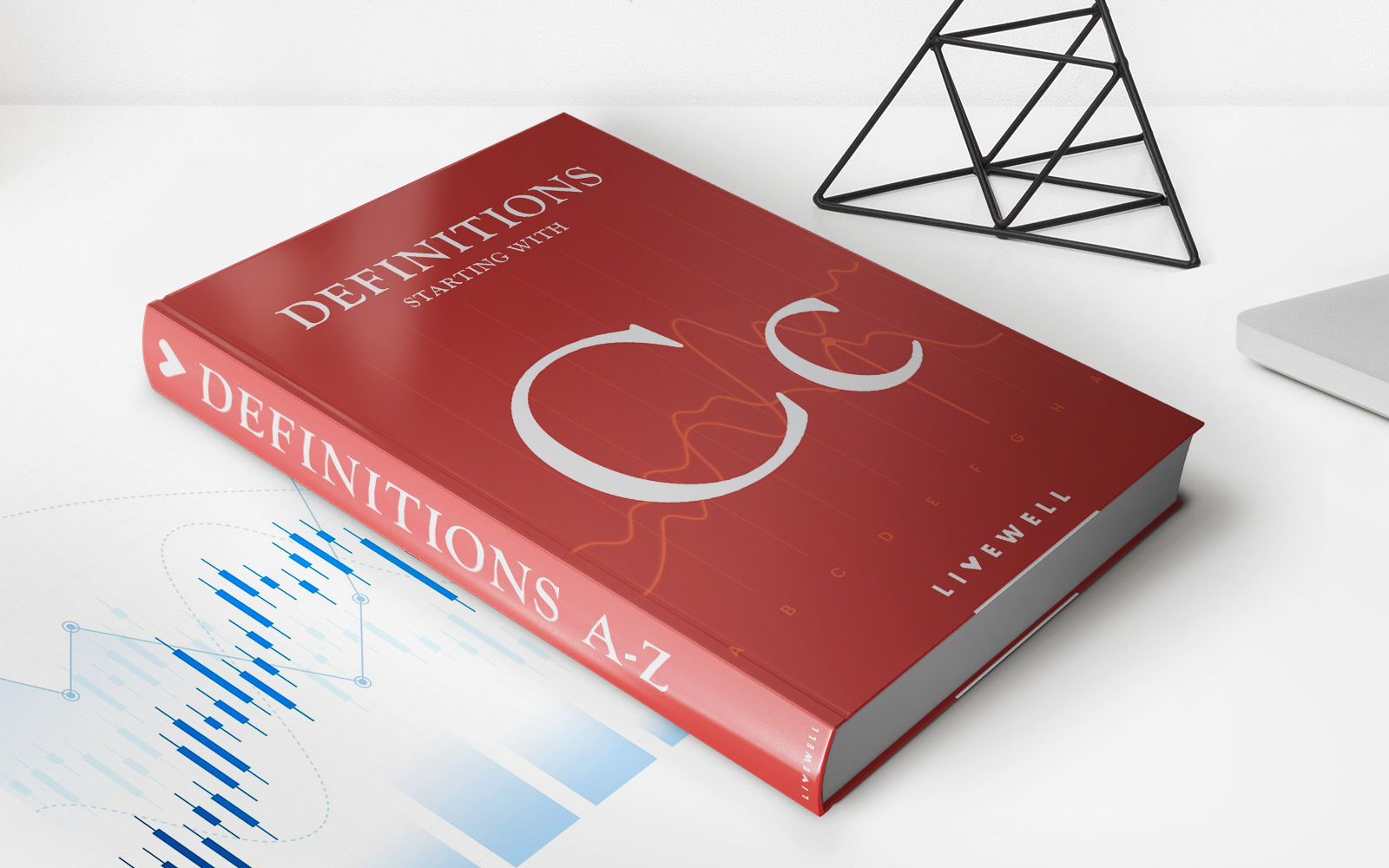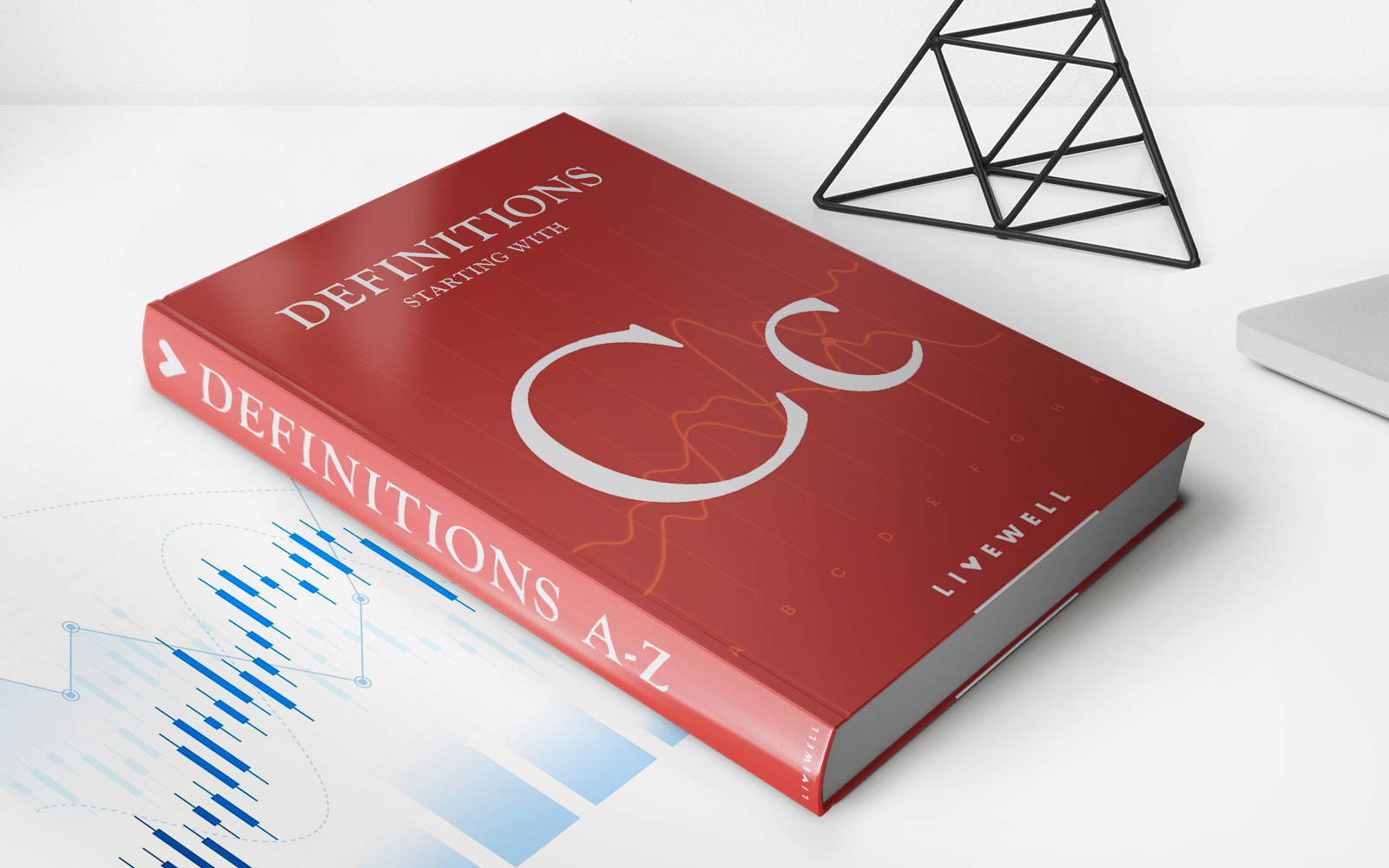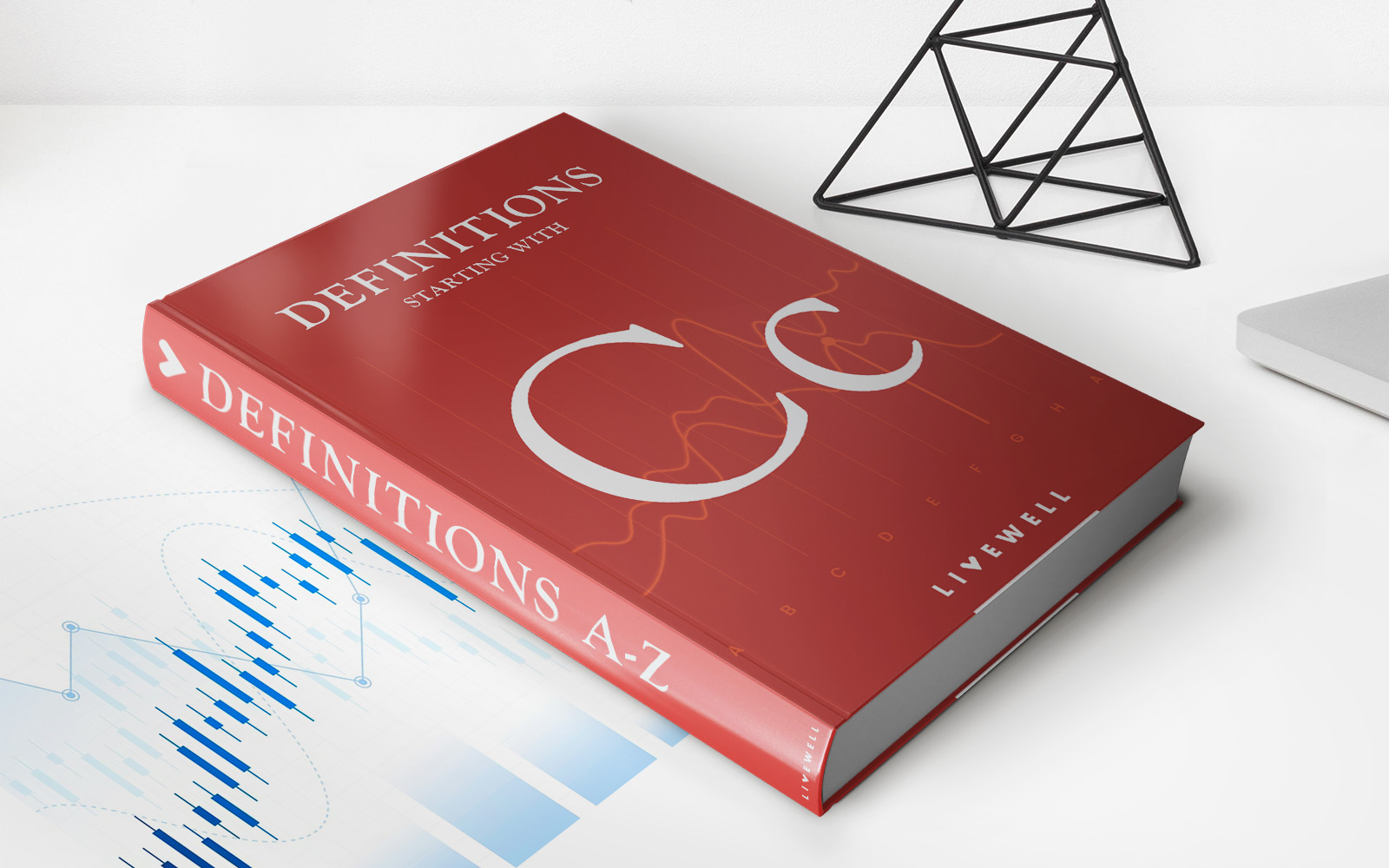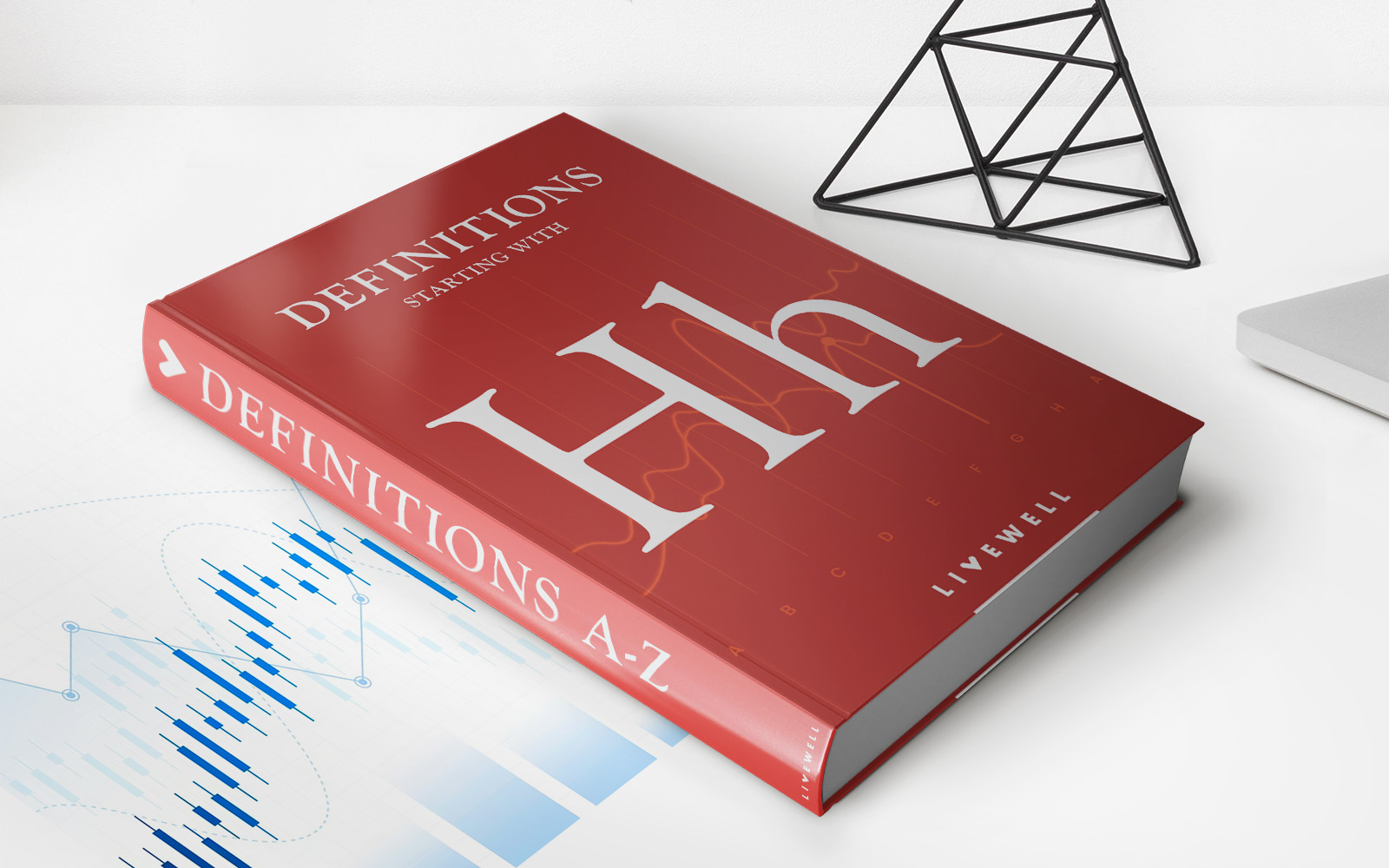Home>Finance>Currency In Circulation: Definition, How It Works, And Example


Finance
Currency In Circulation: Definition, How It Works, And Example
Published: November 6, 2023
Learn the definition of currency in circulation, how it works, and explore an example in the field of finance. Understand the concept and its impact.
(Many of the links in this article redirect to a specific reviewed product. Your purchase of these products through affiliate links helps to generate commission for LiveWell, at no extra cost. Learn more)
Currency in Circulation: Understanding the Basics
When it comes to finance, there are many concepts to grasp, and one of them is currency in circulation. But what exactly is currency in circulation? How does it work, and why is it important to understand? In this blog post, we will dive into the nitty-gritty details of currency in circulation, providing you with a clear definition, how it functions, and a practical example to help solidify your understanding.
Key Takeaways:
- Currency in circulation refers to the total amount of physical currency, including coins and banknotes, that is in the hands of the public and held by financial institutions.
- It plays a crucial role in measuring a country’s economy and is often used as an indicator of economic activity.
What is Currency in Circulation?
At its core, currency in circulation represents the total amount of physical money that is actively being used by individuals and businesses within an economy. This includes both coins and banknotes that are in the hands of the public, as well as those held by financial institutions such as banks.
Currency in circulation serves as a medium of exchange for goods and services. It enables individuals to participate in economic transactions and facilitates the flow of money within an economy. Without it, everyday economic activities would grind to a halt.
How Does Currency in Circulation Work?
The process of currency in circulation starts with the central bank, which is responsible for issuing currency. The central bank determines the amount of money that needs to be put into circulation based on various factors, such as the state of the economy, inflation rates, and monetary policy objectives.
Once the central bank has determined the amount of currency needed, it prints banknotes and mints coins accordingly. These newly created banknotes and coins are then distributed to financial institutions, such as commercial banks, which keep a certain amount on hand to meet customer demand for cash withdrawals.
Financial institutions, in turn, distribute the currency to individuals and businesses through ATMs, bank branches, and other means. As people and businesses use the money for transactions, it moves from one individual or entity to another, creating a cycle of currency in circulation.
An Example of Currency in Circulation
To illustrate how currency in circulation works, let’s consider an example:
Imagine a fictional country called Econovia. The central bank of Econovia decides that the economy requires an additional $1 billion in physical currency to meet the rising demand for cash. The central bank, therefore, prints and mints the necessary amount of money and distributes it to commercial banks in Econovia.
As customers visit the banks to withdraw cash or make transactions, the currency starts to circulate among individuals and businesses. Now, let’s say John withdraws $100 from his bank account to make a purchase at a local store. The store owner then uses that $100 received as payment to pay their suppliers for goods.
The suppliers, in turn, deposit the $100 into their own bank accounts or use it for other transactions. The process continues, with the currency being passed from one person to another, creating a cycle of currency in circulation within Econovia’s economy.
The Significance of Currency in Circulation
Currency in circulation is not just a metric of how much money is physically in circulation; it serves as a crucial indicator of economic health and activity. Here are two key takeaways to keep in mind:
- Measure of Economic Activity: The level of currency in circulation can indicate the rate at which money is changing hands within an economy. It is often used to measure economic activity, with higher levels suggesting an uptick in spending and economic growth.
- Monetary Policy Tool: Central banks closely monitor currency in circulation as part of their monetary policy decisions. By adjusting the amount of currency in circulation, central banks can influence interest rates, control inflation, and regulate economic stability.
Understanding the concept of currency in circulation is vital for anyone looking to gain a deeper understanding of finance and economics. It plays a critical role in measuring the health of an economy and serves as an essential tool for central banks in managing monetary policy. As we’ve explored the definition, functioning, and example of currency in circulation, hopefully, you now have a clearer grasp of this key financial concept.

